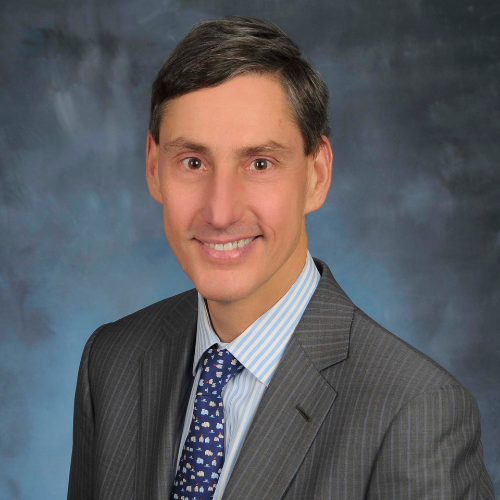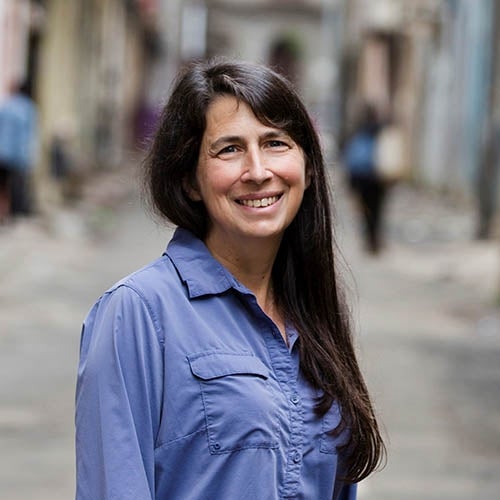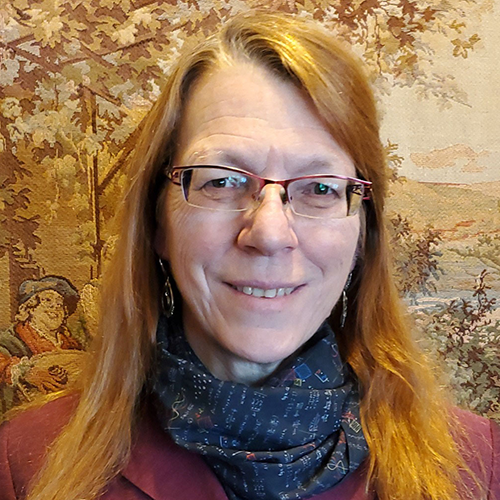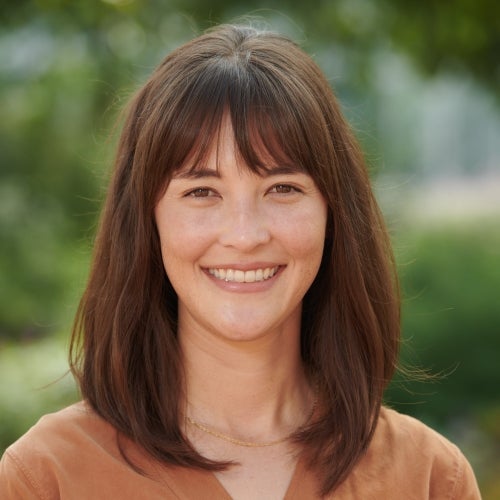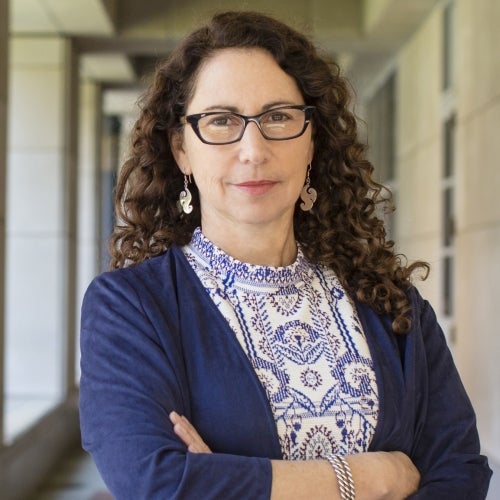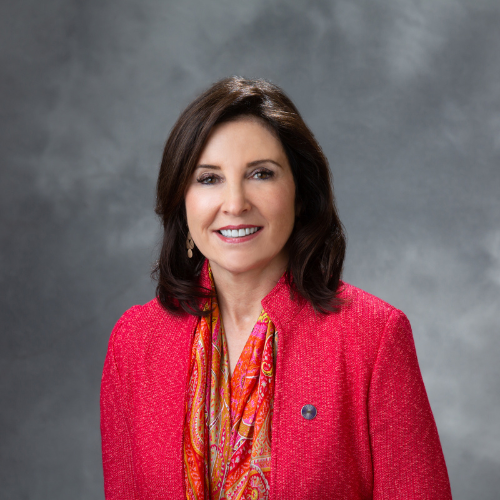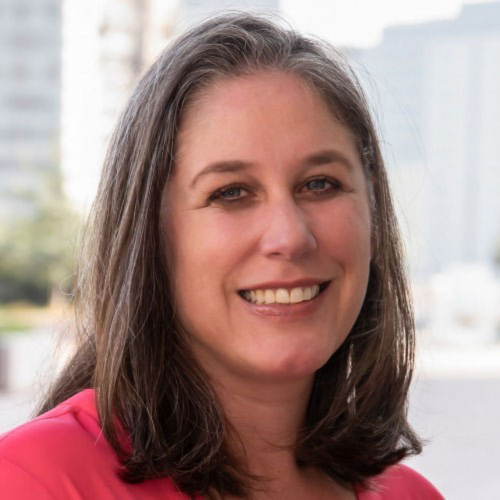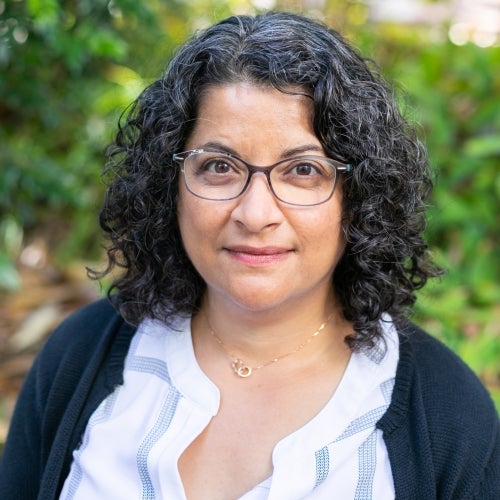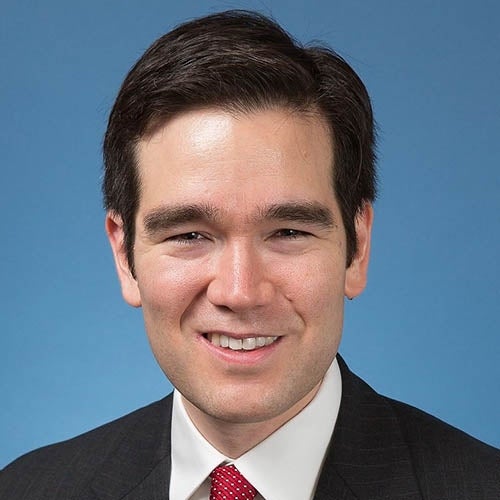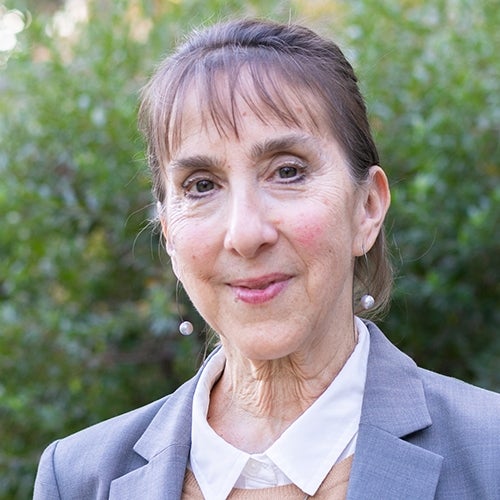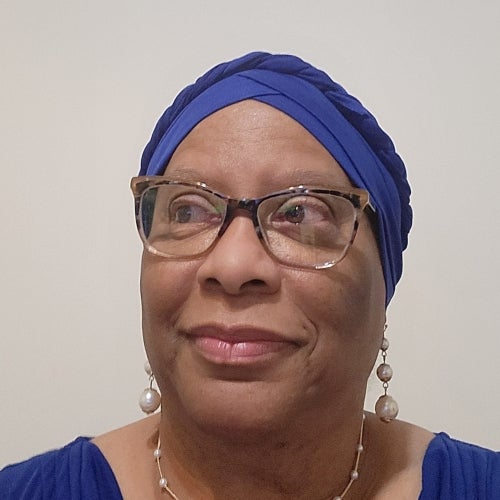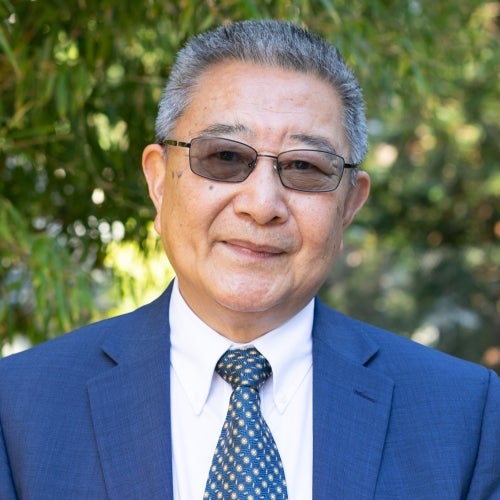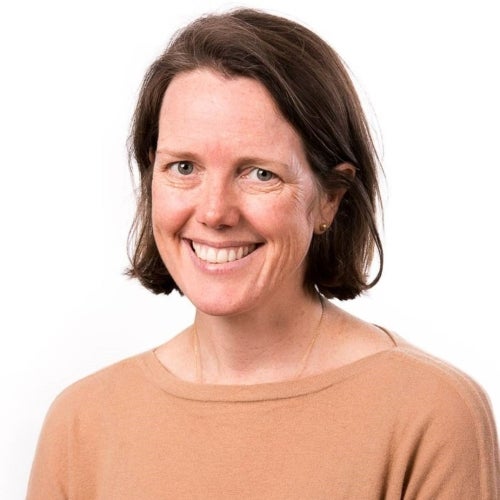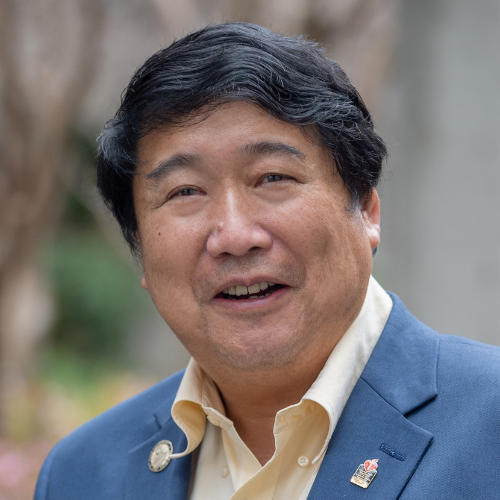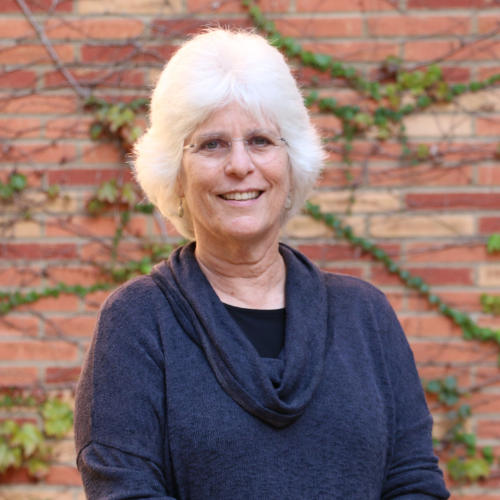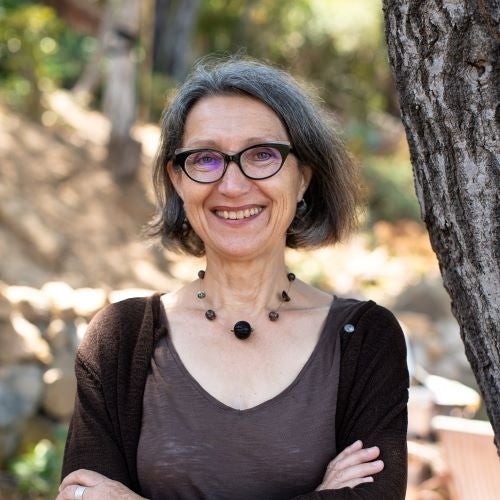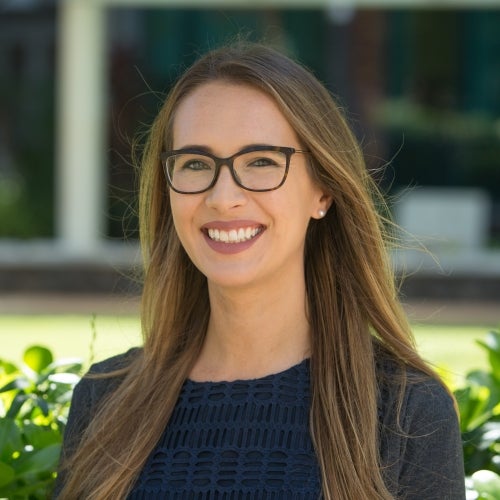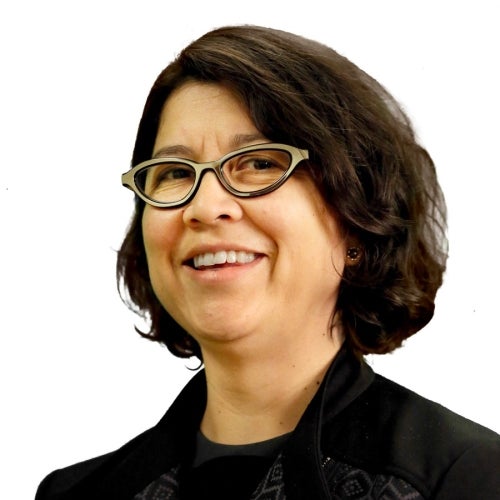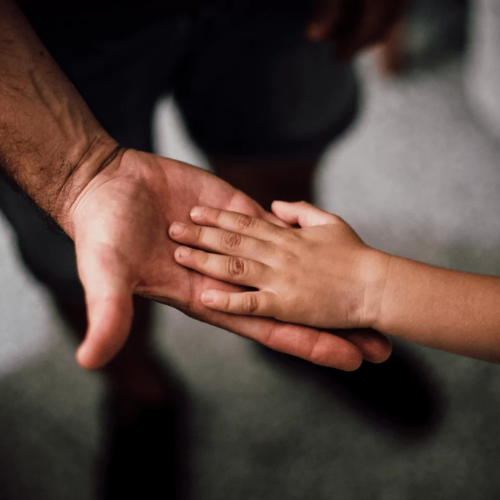Research finds hundreds of millions of Africans lack basic means of preventing SARS-CoV-2 transmission
Dr. Timothy Brewer finds almost 900 million Africans live without on-site water, while 700 million lack in-home soap/washing facilities.
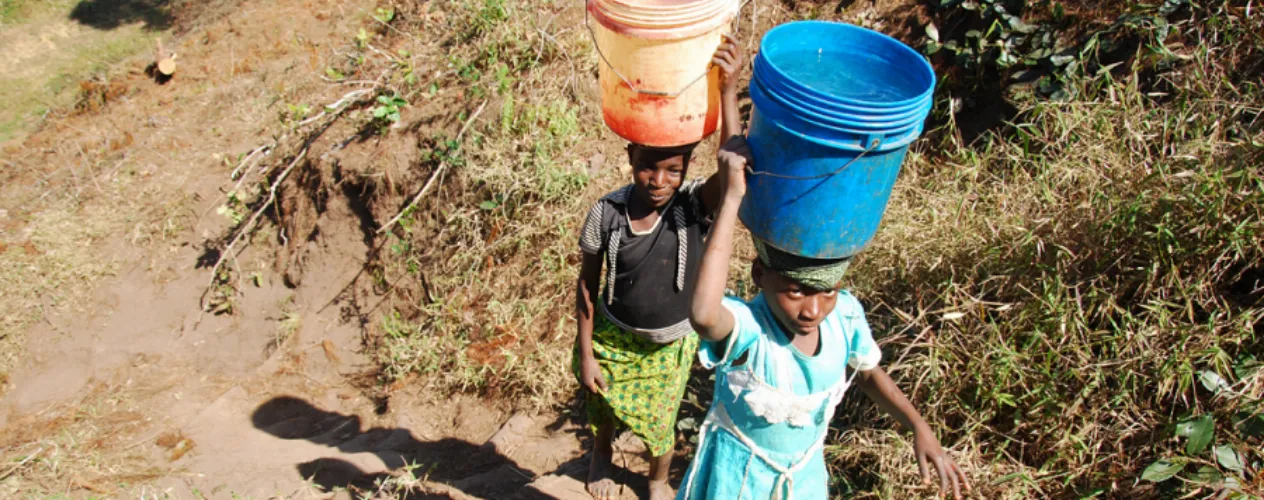
Millions of people across the African continent are at risk of contracting COVID-19 because of a lack of the most basic public health tools to protect themselves - including the essentials of soap and water.
These measures – known as non-pharmacological public health interventions (NPIs), and including physical distancing or isolation at home to prevent transmission – are among the simplest and least expensive methods to slow the spread of SARS-CoV-2, the virus that causes COVID-19. Yet huge numbers of Africa’s roughly 1.4 billion people do not have access to these tools, researchers said.
“Hundreds of millions of people across Africa simply lack means for implementing NPIs to prevent SARS-CoV-2 transmission,” said Dr. Timothy Brewer, UCLA Fielding School of Public Health professor of epidemiology and professor of medicine, and a member of the Division of Infectious Diseases, at the David Geffen School of Medicine at UCLA. “These populations urgently need to be prioritized for vaccination to prevent disease and to contain the global pandemic.”
The findings – published this month in the peer-reviewed journal Epidemiology & Infection, as “Housing, sanitation and living conditions affecting SARS-CoV-2 prevention interventions in 54 African countries” –are from an international team, led by Brewer and colleagues at the University of Bristol, and including researchers in China, Ethiopia, Mexico, South Africa, Spain, Sweden, the United Kingdom, and the U.S.
As of now, COVID-19, caused by severe acute respiratory syndrome coronavirus 2 (SARS-CoV-2), has resulted in some 7.3 million cases and 185,505 deaths across the continent. Globally, nearly 210 million cases and 4.4 million deaths have been reported in more than 200 countries, although total mortality due to COVID-19 may be as high as 7 million deaths. The global COVID-19 case fatality ratio approximates that of the 1918 H1N1 Influenza pandemic.
“SARS-CoV-2 spreads primarily by respiratory droplets generated by coughing, sneezing or talking,” Brewer said. “Until effective vaccines are universally available, NPIs are the principal means by which governments prevent SARS-CoV-2 transmission in their populations.”
In addition to isolation of those infected and contact tracing and quarantine for those exposed, the World Health Organization (WHO) recommends physical distancing, masking in public places and hand washing as important NPIs that countries should employ for COVID-19 prevention and control. Laboratory-based and observational studies suggest that physical distancing and the wearing of face masks may reduce SARS-CoV-2 transmission by at least 80%.
“These findings illustrate the substantial barriers many African households face in keeping safe from SARS-CoV-2 infection because of living conditions that preclude their ability to quarantine, isolate or maintain physical distancing and because of substantial obstacles to handwashing,” said Dr. Jody Heymann, a UCLA distinguished professor of public health, public policy, and medicine who serves as director of the Fielding School's WORLD Policy Analysis Center (WORLD). “Crucially, the findings raise the urgency of getting vaccines rapidly to all countries in Africa, which lag far behind, and for addressing the underlying conditions of poverty that place populations at increased risk from respiratory virus outbreaks and pandemics.”
Across the 54 countries, approximately 718 million people live in households with more than six individuals at home. Approximately 283 million people live in households where more than three people slept in a single room. An estimated 890 million Africans lack on-site water, while 700 million lack in-home soap/washing facilities.
“The pandemic has exposed structural inequalities in almost all spheres, from health to the economy, security to social protection,” said study co-author Yehualashet Mekonen, director of the African Child Observatory Program at the African Child Policy Forum (ACPF). “Girls in the continent have particularly felt its impact with far reaching consequences on their life trajectories including higher risks for early marriage, drop out from school and reduced access to reproductive health services.”
The researchers also made the point that despite the structural and resource issues faced by governments in Africa, some nation’s responses to COVID have been among the best in the world.
“Unfortunately, impoverished living conditions mean that it is almost impossible for many people in African countries to follow public health advice and protect themselves from the virus,” said co-author Dr. David Gordon, with the University of Bristol in the United Kingdom. “European and North American countries need to stop hoarding millions of doses of vaccines that they will never be able to use and make them available to people in Africa.”
Methods: The team analyzed nationally representative household demographic and socioeconomic data, which were used to create vulnerability indices regarding NPIs. Data from 2010-2020 were available for 45 of the 54 countries (83%). In four (7%), the data were from between 2000 and 2009.
Data availability statement: The study data are available from the Multiple Indicator Cluster Survey (MICS), Demographic and Health Survey (DHS), Botswana Multi-topic Household Survey (BMTHS), Eritrea Population and Health Survey (EPHS), Gallup World Poll 2015–2018 Libya microdata aggregated (GWP), Libya Multi-Sector Needs Assessment (MSNA), Mauritius Household Budget Survey (HBS) and Mauritius 2011 Census data. Supplementary material can be found at: https://doi.org/10.1017/S0950268821001734.
Citation: Brewer TF et al (2021). Housing, sanitation and living conditions affecting SARS-CoV-2 prevention interventions in 54 African countries. Epidemiology and Infection 149, e183, 1–6. https://doi.org/10.1017/S0950268821001734
The UCLA Fielding School of Public Health, founded in 1961, is dedicated to enhancing the public's health by conducting innovative research, training future leaders and health professionals from diverse backgrounds, translating research into policy and practice, and serving our local communities and the communities of the nation and the world. The school has 631 students from 26 nations engaged in carrying out the vision of building healthy futures in greater Los Angeles, California, the nation and the world.
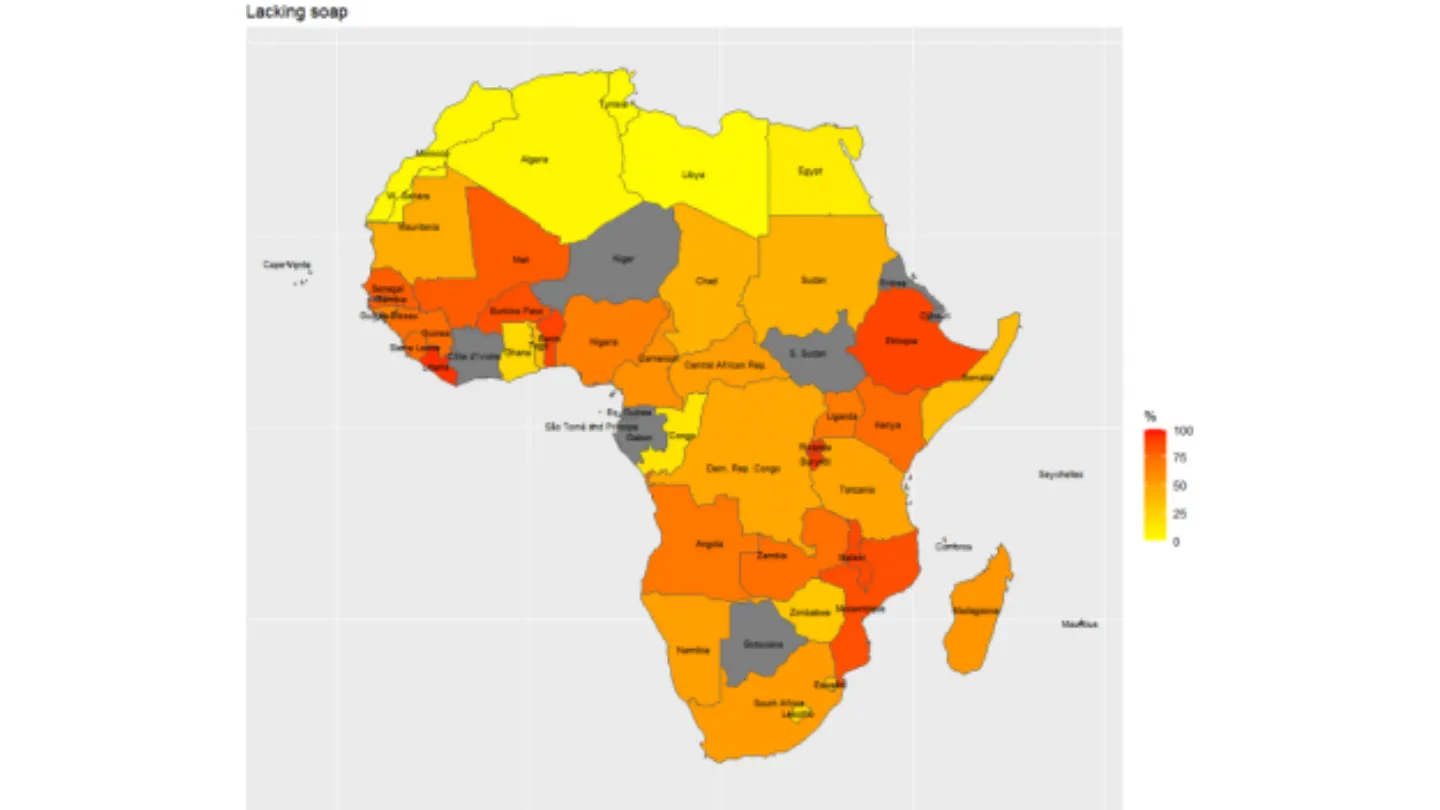
Faculty Referenced by this Article

Dr. Joseph Davey is an infectious disease epidemiologist with over 20 years' experience leading research on HIV/STI services for women and children.

Robert J. Kim-Farley, MD, MPH, is a Professor-in-Residence with joint appointments in the Departments of Epidemiology and Community Health Sciences
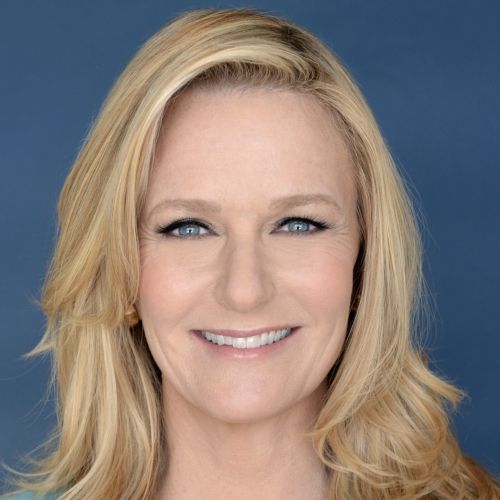
Dr. Anne Rimoin is a Professor of Epidemiology and holds the Gordon–Levin Endowed Chair in Infectious Diseases and Public Health.
